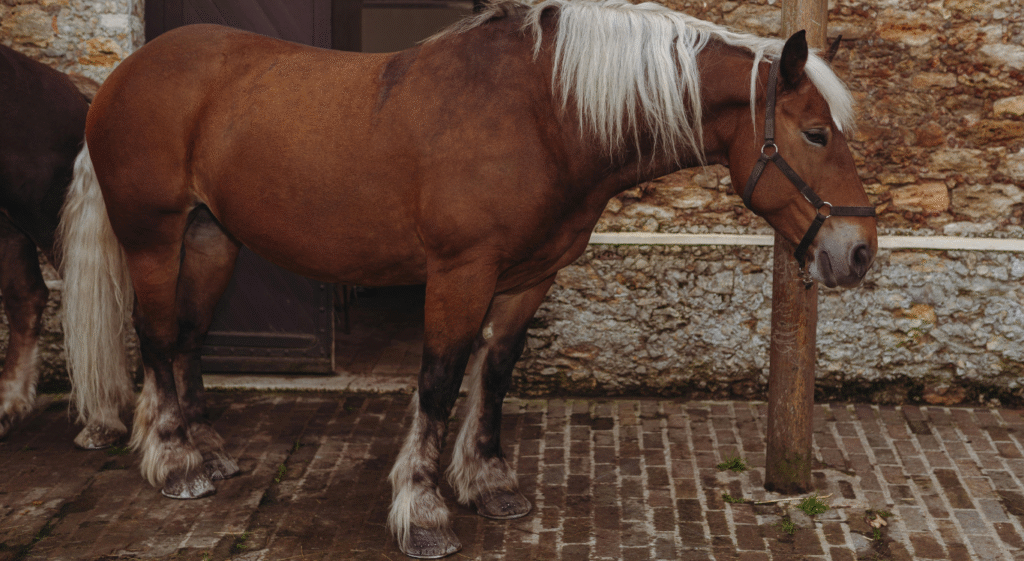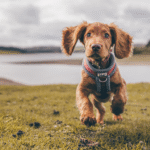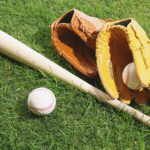The Gypsy Vanner horse is a rare and beautiful breed that originated in the United Kingdom. These horses were first bred by the Romani people to pull their wagons and live alongside their families. Known for their thick, flowing manes, feathered legs, and gentle temperament, Gypsy Vanners have become one of the most recognizable and cherished horse breeds worldwide.
However, not all Gypsy Vanners live the life of luxury they deserve. Some end up neglected, abandoned, or in need of urgent care due to irresponsible breeding, financial hardships of owners, or lack of proper training. This is where Gypsy Vanner horse rescue organizations step in. They dedicate their time and resources to saving these magnificent animals, providing them with medical care, shelter, rehabilitation, and eventually, a chance at a loving forever home.
Rescue efforts are not just about saving the horses physically but also restoring their trust in humans. Many rescued horses have experienced trauma, so organizations focus on giving them the time, love, and patience they need to heal.
Why Gypsy Vanner Horses Need Rescue
Gypsy Vanners are valuable, often sold for high prices due to their rarity. Unfortunately, this has led to overbreeding and, at times, unethical practices. Horses that do not meet the “ideal” physical standard may be neglected or abandoned. In addition, owners who face financial struggles might surrender their horses to rescue groups.
Another concern is the lack of proper knowledge about the breed. Gypsy Vanners need specialized care, including a balanced diet, grooming for their heavy manes and feathers, and plenty of exercise. Without this, they can develop health issues such as skin infections or joint problems. Rescue organizations ensure these horses receive the right care and attention, often stepping in when others cannot.
These rescues also play an important role in educating the public. They raise awareness about the responsibilities of owning a Gypsy Vanner and discourage impulse buying or unethical breeding. In doing so, they help reduce the cycle of neglect.
Rescue Process and Rehabilitation
When a Gypsy Vanner horse arrives at a rescue, the first step is usually a medical evaluation. Vets check for injuries, malnutrition, or illnesses. Many rescues arrive underweight or with untreated conditions that require immediate care.
After the medical check, the horse goes through rehabilitation. This can include a proper diet plan to regain strength, regular grooming, and gentle training. For horses that have experienced neglect or abuse, emotional rehabilitation is just as important. Volunteers and trainers use patience and kindness to rebuild trust and confidence.
The final step is re-homing. Once the horse is healthy and ready, the rescue organization works to find a suitable forever home. This process involves strict adoption guidelines to ensure the new owners are capable of providing the right care.
| Rescue Step | Purpose |
|---|---|
| Medical Evaluation | Check health, injuries, and malnutrition |
| Rehabilitation | Provide diet, exercise, grooming, and training |
| Emotional Healing | Build trust with humans through care and love |
| Re-homing | Match horse with responsible, loving owners |
How You Can Support Gypsy Vanner Horse Rescues
Supporting horse rescues doesn’t always mean adopting a horse—there are many ways to contribute. Most rescue organizations operate on donations and rely heavily on volunteers. Financial donations help cover veterinary bills, feed, shelter maintenance, and transportation. Even small contributions can make a big difference.
Volunteering is another powerful way to support. Tasks like feeding, grooming, cleaning stalls, or even helping with administrative work can ease the burden on staff. For those with professional skills, offering veterinary services, farrier work, or training guidance is highly valuable.
Sponsorship programs are also popular. With sponsorship, individuals can help care for a specific horse without adopting it. This often includes updates and photos, creating a meaningful connection between the sponsor and the horse.
Finally, spreading awareness plays a vital role. Sharing rescue stories, events, and adoption opportunities on social media helps organizations reach a wider audience and find more supporters.
The Joy of Adopting a Rescued Gypsy Vanner
Adopting a rescued Gypsy Vanner horse is a deeply rewarding experience. Beyond gaining a companion, adopters play a role in giving a once-neglected horse a second chance at life. These horses are known for their gentle, calm nature, making them wonderful for families, riding, and even therapy work.
Many adopters report that rescued Gypsy Vanners form particularly strong bonds with their new families. Perhaps because of their past struggles, these horses often display deep loyalty and affection once they feel safe.
However, adoption comes with responsibilities. Potential adopters must be prepared to provide ongoing care, including proper nutrition, grooming, exercise, and veterinary attention. Adoption contracts from rescue groups usually ensure that the horse will always have a safe home and that the adopter understands the long-term commitment.
FAQs About Gypsy Vanner Horse Rescue
Q1: Are Gypsy Vanner rescues common in the U.S.?
Yes, several rescue organizations in the U.S. specialize in Gypsy Vanners, though not as many as for other breeds due to their rarity.
Q2: How much does it cost to adopt a rescued Gypsy Vanner?
Adoption fees vary, but they are usually lower than purchasing from a breeder. The fee helps cover rescue costs.
Q3: Can a rescued Gypsy Vanner be ridden?
Yes, many can be, but it depends on their health, age, and rehabilitation progress.
Q4: How can I find a Gypsy Vanner rescue near me?
Check national horse rescue directories or search for breed-specific rescues online. Many also post updates on social media.
Q5: Can I volunteer without horse experience?
Yes, rescues often need help with non-horse tasks such as cleaning, fundraising, and administrative work.



